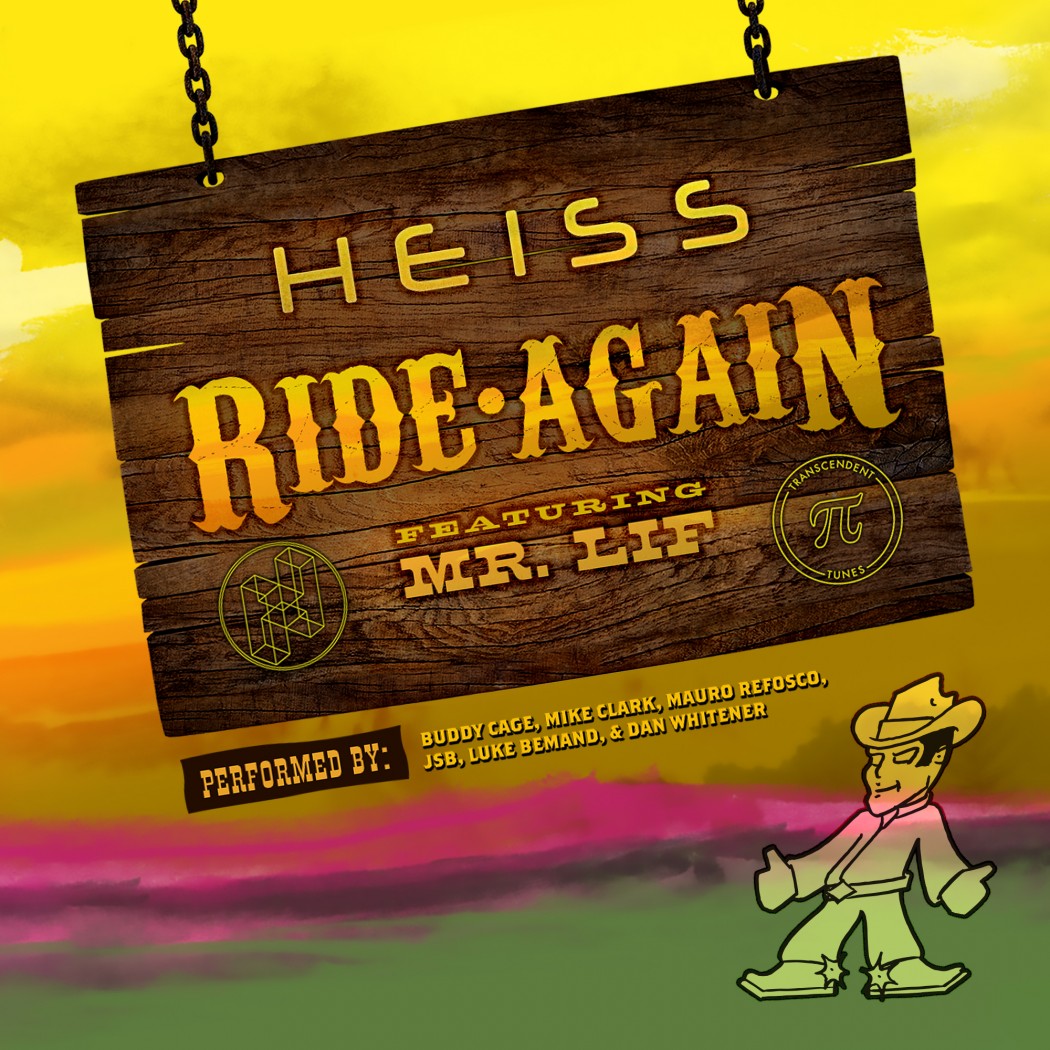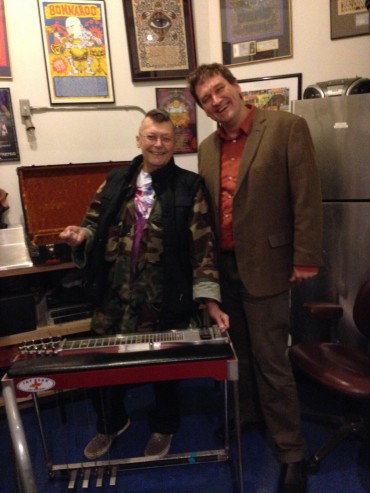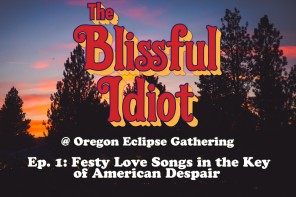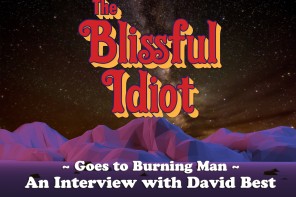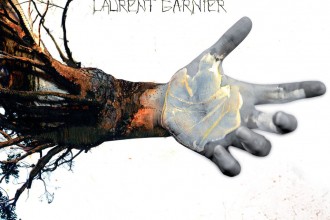On December 21st HEISS released “Ride Again” (feat Mr. Lif), which features a cast of musicians – several of them very notable. There is history behind this track, and the process of creating it was so involved, that it was worth writing about. The iTunes and bandcamp pre sale began on November 30th, the exclusive release date is December 21st, and it will remain iTunes/bandcamp exclusive until the worldwide release date January 18th 2016.
Here it is on soundcloud:
The Legend of a… what?
It was the year 2000 and I’d been part of the American rave scene for 7 years. I’d been in a jam band before that word was coined by the media, and I‘d been a teenage Deadhead with my first show on 4-2-87 at The Centrum in Worcester. I was already a huge New Riders of the Purple Sage fan, so huge that I’d ditched high school one fine day to take a Hoffman style bike ride into Boston to see them perform at Quincy Market. I remember making eye contact with John Dawson that day and thinking he knew exactly how much my friend and I took before we rode our bikes to the show. Years earlier in 1993, inspired by DJ Premier and Pete Rock, I’d decided to sell my drum set, buy an Akai MPC-3000 and make recordings of what would be called trip hop. Eventually they were released on the UK label Rising High in 1995 thanks to a recommendation by my friend Dr Walker from Air Liquide. My “real” musician friends thought I was nuts at the time, and it would be several years before they started to call me with questions about how to start making electronic music.
I had a revelation and started to ask myself strange questions… Genre mutation questions like: why hasn’t anyone made something like hippie hop – hip hop beats but with the sounds of a jam band on top? I could feel that this rave scene might gradually migrate from warehouses to somewhere else and that the Grateful Dead and later Phish heads (like I was before I started raving) might begin to see how dope electronic music is. What would it be called if somebody like DJ Premier or Pete Rock were to produce beats for Merle Haggard or Johnny Cash? That would be interesting, and certainly Transcendent.
To get in touch with my country style lyrical plight, I got drunk and played a show using some country samples inside of my trusty Zoom ST-224 SampleTrak. Fans in the Boston underground loved it. I mean really loved it. Hick Step was born. Then I made a mash-up mix of grooves sampling both Buddy Cage and Mike Clark, among others. I knew I couldn’t release it on a label without lots of licensing issues, and the Internet was not yet what it has become, but I decided that one day it might be called “The Legend of a Hick Step Massive”.
Then in 2003, I produced an EP – you might find it as a torrent if it’s still out there. I wrote lyrics inspired by Robert Hunter and Merle Haggard. Songs about suffering, sins and debauchery. Then I disappeared from the scene for a while.
The Song
It is now early 2013. I could feel it inside me. The desire to do that hick step thing again, but this time for real. No samples. Real players. Maybe even the same players I sampled. First thing I had to do was write a song. A very simple song using lots of root position major chords. A place where a minor seventh should be considered a revolutionary act. Many people call this style country. I did that, and had a very basic sketch in Ableton Live. Its only purpose was to serve as a reference for the musicians that I would track down to finish the job. Pre-production is often overlooked and making sure you’ve got the right song is just as important as any other part of the process.
The Search
How did I continue producing “Ride Again”? Well, courage is not the absence of fear, but rather the decision that something else is more important than fear. Producing this track became more important than fear. Eventually I began to wonder if I had really lost my mind or had only just found it. But Tyler Durden reminds us in Fight Club that we can always “just ask man”. So, I decided to do exactly that with the people I wanted to play on the track.
First I needed a pedal steel player.
I decided to find Buddy Cage and see if he was interested in recording with me. I found Buddy’s manager online and emailed him to see if Buddy was interested. Next thing I know I’m talking with Buddy on the phone. I had never had a conversation with anyone who recorded with Bob Dylan. Buddy said he was down to record the track and that it sounded really interesting. A very important piece of the production was now in place. That was easier than I thought it would be.
Second, I needed a rhythm section.
I was once a serious drum student. I can’t be sure I was ever really a drummer or I would still be one today, but during a brief stint at The Drummer’s Collective in NYC, I took a few lessons with Mike Clark. I figured he would have never remember me. I contacted him via his website, and he did remember me. And then he said he was down to do the session and that it sounded like a blast. Got funk? Check two. Another player ready to go, and again it was easier than I thought it would be.
Luke Bemand was one of the people I met shortly after I moved back to Boston in late 2010. I knew he was legit and damn good bass player because I had seen his band lespecial do their thing live. I figured any bass player would want to know what it was like to stand where Paul Jackson’s groove pocket was when Paul Jackson played with Mike Clark in The Headhunters. I was right. Now Luke was in on the project. I had confirmed Buddy, Mike and Luke and it was August 2013 but…
Who would become the master of ceremonies?
Mr. Lif was my first choice from the get go but when I initially inquired during September of 2013, his manager did not reply immediately. Being impatient and never having produced this type of project before, I thought maybe he wasn’t interested, so I tried to find another emcee who came to mind. I emailed someone who might have been his manager that I found online, but he never replied and I never managed to connect those dots. I decided to go ahead and start tracking down the other musicians despite not having secured an emcee yet. Once I had the sessions with Mike Clark and Buddy scheduled on the calendar, I reached out again, but this time Lif’s manager replied back in March 2014 which kicked the project into a higher gear.
I also needed a Banjo player.
Obviously, there would have to be a banjo. Rench and I have known each other since I released the Hick Step EP, so after seeing his band Gangstagrass absolutely destroy Johnny D’s in Somerville, I connected with the banjo player Dan in late April of 2014 who said he was down to do a session remotely and send me some stems. Sweet!
Nothing is complete without percussion.
I wanted to add a lot of the human element to the groove. I had lost touch with my former roommate but reconnected when we met up while he was visiting Boston. I haven’t met that many true percussion players, let alone as talented as Mauro. I had been living with him shortly after the time when I pieced together “The Legend of a Hick Step Massive”, so he knew the style. In late August of 2014, I was pleased to hear that he thought the track was amazing so far and wanted to lay down some conga and percussion tracks. I knew that he has a groove playing tambourine that is the best I’ve ever heard. Some real ill shit.
It just wouldn’t be hip hop without a few DJ cuts.
One time at The Phoenix Landing, Josiah Scribes kicked flows over my beats with JSB, and I knew he could wreck it. We were already homies so this final piece was a snap.
The Sessions
I knew I had to get the rhythm section tracked first, so Mike Clark was recorded at Raw Recording by JC Santalis on Sunday March 9, 2014, where Luke Bemand played an electric bass by Carvin. Producer’s note: I didn’t take detailed enough notes during the session and regretted it badly later when I had to edit down countless recordings of both multi-tracked drums and bass by listening to them all over and over again. I did keep in mind that part of a producer’s job is to facilitate the best possible performances from the musicians, because good performances are what make good recordings. There were just a few parts that I used from the free-form jams that I told them to do without a click track – those were definitely worth getting.
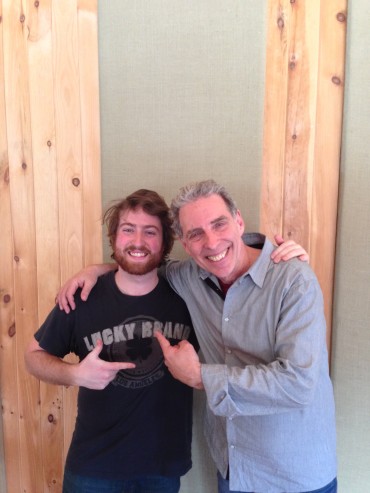
Buddy Cage was then recorded at Moon Palace NYC by Kyle Paas on March 30, 2014. It took at least 11 takes before I was sure we had enough source material to edit. Sorry Kyle. I had never been so close to a pedal steel before and was fascinated. Buddy told me some great stories about Europe ‘72 with The Grateful Dead and the Festival Express tour that I won’t repeat in order protect the innocent.
Mauro Refosco recorded himself using ProTools and sent me the stems. Dan Whitener also recorded himself doing the banjo takes and sent me the stems. JSB on the cuts did the same as Mauro and Dan. And Mr. Lif also recorded himself, but using the UAD Apollo Twin, an audio interface which he later convinced me to buy for myself. Everyone involved was a pleasure to work with professionally.
The Mixdown
Two time Grammy winner Scott Jacoby mixed “Ride Again” (feat Mr. Lif) at his Eusonia Studios on Park Avenue in New York City. Scott and I go waaay back. All the way back… to being roommates in our freshman year of college. We used to play a lot of Tetris on an early Macintosh computer. He knew how seriously I took video games (too seriously at the time), and one time he wrote his latest high score on the whiteboard we had on our door. But then when he came home to find me trying to beat that high score, he revealed it was a prank (haha) and that he never thought I would have believed him or cared! We would also bug the fuck out to sick tracks by Earth Wind & Fire like this. He exposed me to legions of music that I had never heard before. Tower of Power for example. For a brief period, we decided that disco ruled and got really into groups like Slave and Brick. Somehow I had also just discovered 80’s heavy metal which I never did listen to while it was popular in High School, and had him to listen to Iron Maiden. Good times were had.
I wanted this track to be mixed away from my home studio using really high quality hardware and Scott had the goods. He was also someone who has an ear for music that I knew without question I could trust and rely on. Objectivity is a valuable thing in any art form.
Here is some of the gear that was used: Avalon VT 747sp Stereo EQ/Compressor, Chandler Limited TG12345 Curve Bender, Empirical Labs Distressors, Manley ELOP, Manley Massive Passive, Neve 1084 EQ, Rupert Neve Designs 542 Tape Modules, Shadow Hill Mastering Compressor (Ltd Ed), Thermionic Culture Phoenix Mastering Compressor (11th Anniversary Ltd Ed).
The Mastering
“Ride Again” was mastered by Brendan Connors at Studio Metronome using a TC Electronics M-6000 among other tools. This guy needs no introduction in the scene. He has mastered everyone from Space Jesus, Supersillyus, Numatik, Skytree, Stratosphere to… you’re next.
The Artwork
Josh Korwin of Three Steps Ahead and I go back to my days as “tube” with Liquid Sky Music in NYC. I think he was an intern there for a brief stint when we met each other. We’ve stayed in touch over the years and worked together on various technical projects but most importantly, he has an eye for design that I cannot find anywhere else.
Keith Gulla of Gorilla Militia is a homie from here in Boston. I don’t know that many people who have been hired to paint legitimate graffiti, but he’s one of them. He’s been into Hip Hop since his early youth and I thought it would be perfect to bring him in to draw a cowboy in his own style.

